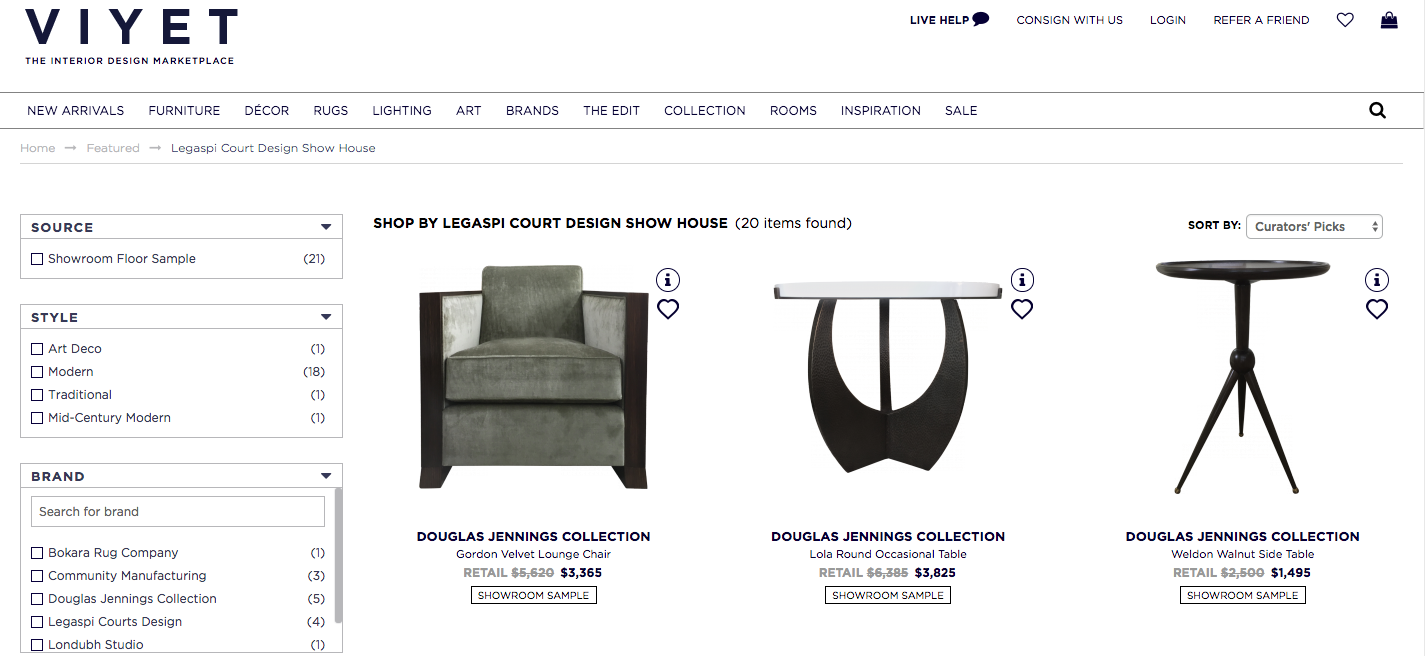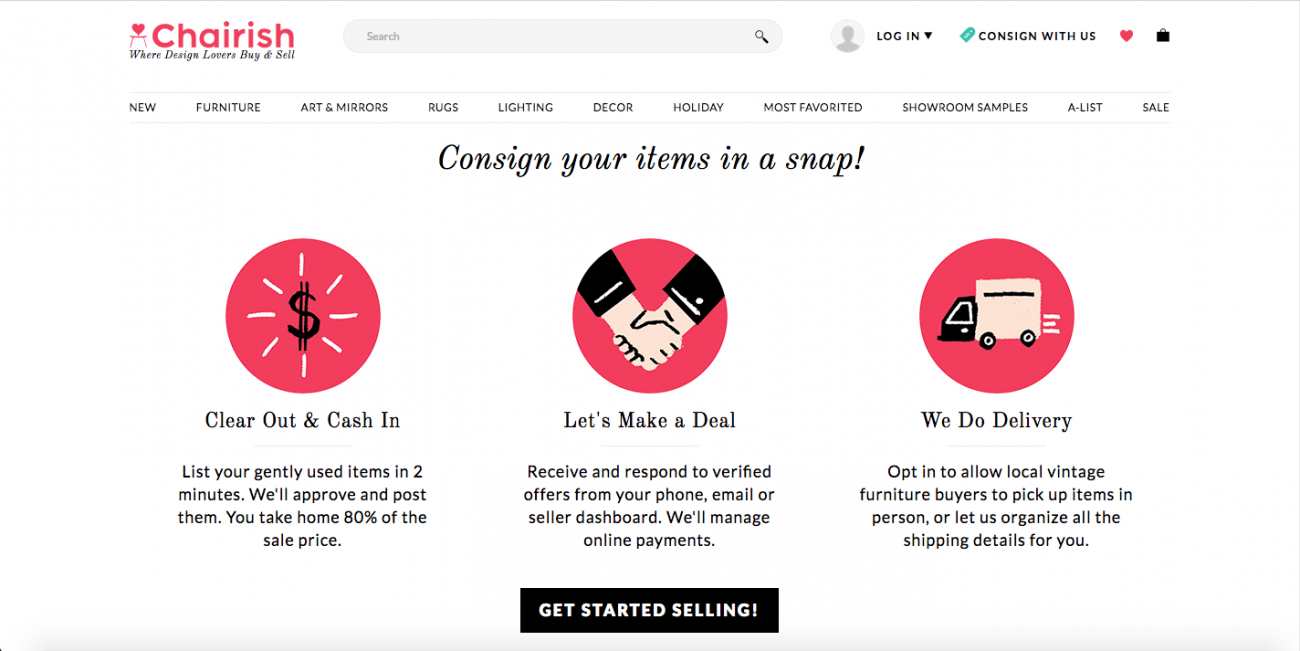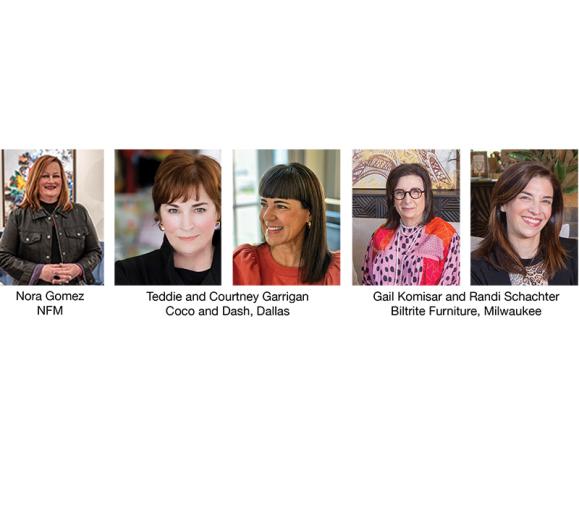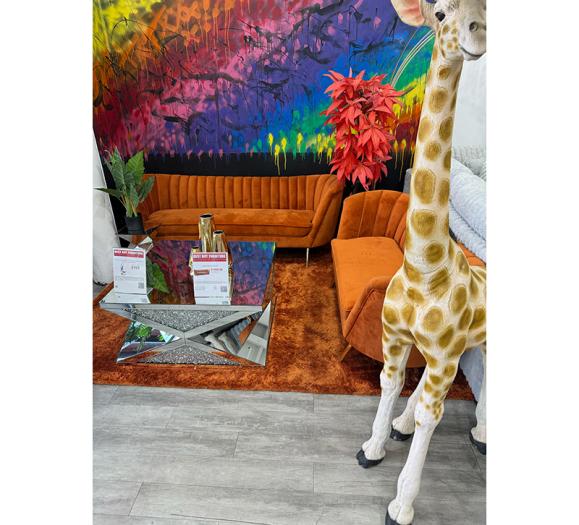Investing in showroom samples can be something of a necessary evil. You have to show items in order to sell them, but once you’re done with them, they can end up collecting dust in a back room or selling for next to nothing in a tiresome warehouse sale. In lieu of donating or selling at a huge discount, some retailers are turning to consignment websites like Viyet and Chairish to resell those gently used showroom samples and damaged or overstocked items.
We spoke with users of these sites to find out more about how they work and how to best take advantage of them. Here’s what you need to know.
The Basics
On consignment sites, users — who can be retailers, manufacturers and anyone the sites approve — can efficiently list products for sale at the price of their choosing. Both Viyet and Chairish have an approval process for each item to make sure it’s a good fit for the site. Listing products is simple: You upload photos, descriptions, dimensions and a price range, and when it comes to shipping, these sites do most (if not all) of the work for you.
For Allison Mattison, Co-founder of Trellis Home in Hingham, MA, selling on Chairish allows her to move products more quickly so she can keep her showroom floor fresh with new items. She has also found that selling on Chairish greatly extends her brand’s reach.
“If somebody in Hingham does not like my aesthetic, I can sell nationally to people in California or Texas or Florida, so I have a much broader reach,” she says.
These consignment sites are also curated to attract designers and design-minded consumers who want to invest in furniture. Lynai Jones, owner and CEO of Mitchell Black, a boutique home decor brand with a showroom in Chicago, says selling on Chairish exposes her brand to the right buyers.
“I think people who are familiar with the site are other people in the industry, and therefore they understand the value and the quality of the merchandise they’re getting,” Jones says.
Creating Strong Listings
Elizabeth Brown, CEO of Viyet, says when it comes to writing product descriptions, it’s important to go beyond the line sheet details and tell a compelling story about the item that includes its design inspiration and history.
“The more that we know about a piece and the more that we can weave a story around it, the better opportunities we have to get it in front of our audience,” Brown says. “Anything that we can do to romance the piece and create some exciting marketing around it.”

For Mattison, a strong listing comes down to photos. She sets up striking vignettes in her showroom and captures products with the staging in full view. She also makes sure to shoot close-ups to show off any fine detail on a piece.
When taking photos, lighting is key. Make sure items look true to their color and that any scratches or flaws can be seen.
“It’s not a deterrent to sale,” Brown says. “A lot of people like the idea of being able to get something that they can then recover or refinish if it means that they can get it for a better price.”
Thanks to consignment sites, those showroom samples and slightly scuffed products sitting in warehouses have a chance to shake off the dust and find a new home in a stylish space. For retailers looking for a new sales funnel, these sites offer an opportunity that’s well worth considering.







